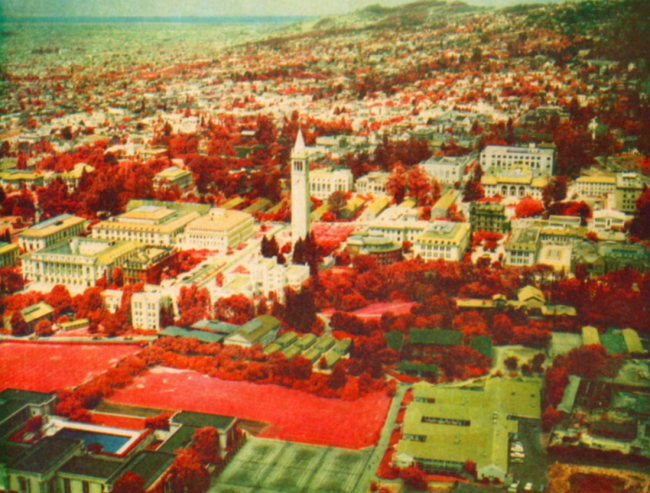Important proposed legislation limiting UAVs: consider reading this and commenting
 Wednesday, March 12, 2014 at 2:07PM
Wednesday, March 12, 2014 at 2:07PM AB1327 is a bill that could potentially impact the work that we do in regards to remote sensing and aerial imagery collection, etc… in the near future. See the link below for more detail. The office of the California CIO, Scott Gregory, is in the process of providing the Legislature a summary analysis of the bill. In our analysis we want to highlight civilian use (non-public safety governmental) cases for UAV technology as a rebuttal to some of the limiting language in the bill.
http://leginfo.legislature.ca.gov/faces/billNavClient.xhtml?bill_id=201320140AB1327
If this bill will affect your organization’s future data collection needs, please provide them a brief summary to be incorporated into the analysis.
Here is what I have sent to Scott Gregory:
Maggi Kelly
Department of Environmental Sciences, Policy and Management
UC Berkeley
The use of civilian accessed UAV technology is commonly used for research purposes to aquire imagery at critical times over inaccessible field sites such as wetlands and forests, or over agricultural fields throught the growing season. This remote data acquisition using UAVs has several advantages: 1) it limits damage of the site, 2) it allows for mutliple returns in a cost-effective way, and 3) it allows for important very high resolution imagery to be collected. Here is a paper where we perfected techniques to find weeds in an agricultural field using UAV imagery. http://www.plosone.org/article/info%3Adoi%2F10.1371%2Fjournal.pone.0077151
Basically, they are looking for the organization name, use case and description of that use case. Please circulate to the user community within your respective organizations to solicit feedback. Please email or call if you have any questions. He would like to have these complied by 10am Friday (3/14/14).
Email: Scott Gregory Scott.Gregory@state.ca.gov
Thanks for your help.
 Maggi | in
Maggi | in  news,
news,  policy,
policy,  remote sensing,
remote sensing,  uncool stuff |
uncool stuff | 










